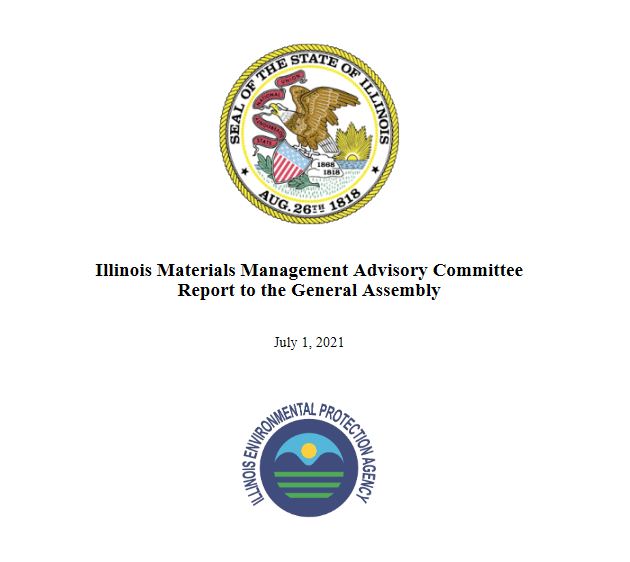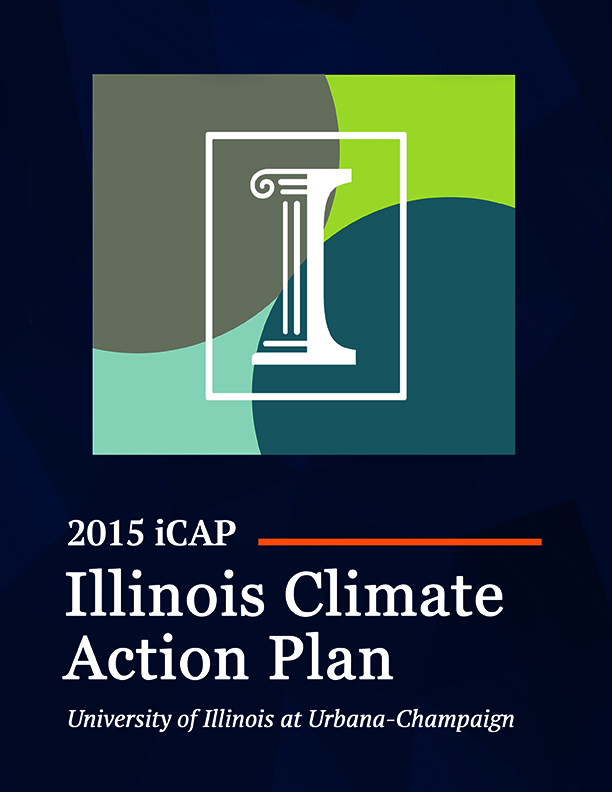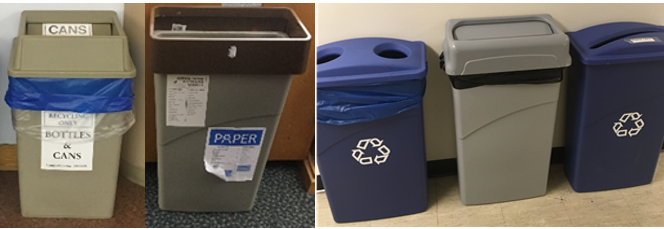
In July 2019, Governor Pritzker signed House Bill 3068, which created the Statewide Materials Management Advisory Committee (MMAC). Coordinated by the Illinois EPA and comprised of a wide variety of recycling, composting, materials management, and solid waste professionals, the Committee was charged with investigating current recycling and solid waste practices and recommending options to the Illinois General Assembly to divert wastes from Illinois landfills. These recommendations were also meant to include improvements to form and contents of county waste management plan required by Illinois law.
Shantanu Pai of the ISTC Technical Assistance Program (TAP) served as co-chair (along with Suzanne Boring of the Illinois EPA) for the MMAC Measurement Subcommittee, the primary purpose of which was to identify, capture, and evaluate existing data reflecting the state of waste and materials management in Illinois in 2018, the base year for the reported data. Using those data, the Measurement Subcommittee was tasked with developing a matrix reflecting the environmental impacts of diverting specific materials from landfills and relaying that information to the entire Committee. Additional subcommittees existed for education and outreach, infrastructure development, market development, and local government support.
Though not official members of the MMAC or its subcommittees, TAP staff members Savannah Feher, April Janssen Mahajan, and Joy Scrogum provided support to the measurement subcommittee and to the overall efforts of the MMAC and Illinois EPA coordinating team for achievement of the MMAC goals.
The overall MMAC findings, along with the associated recommendations from various subcommittees, were compiled in report form and submitted to the 102nd General Assembly on July 1, 2021. Key recommendations include:
- Establishing statewide landfill diversion targets of 40% by 2025, 45% by 2030, and 50% by 2035 (current rate is 37%);
- Employing a stratified approach to strategically target materials for diversion from Illinois landfills;
- Increasing the statewide support from existing funding and without additional revenue for materials management programs by as much as $3.375 million per State Fiscal Year by State Fiscal Year 2027;
- Creating a Statewide Market Development Advisory Board to review and approve viable public and private sector diversion projects to receive state support;
- Appropriating funding to support the statewide recycling and composting infrastructure grant programs;
- Enhancing the level of state support for household hazardous waste collections;
- Developing and continuing to support a statewide materials management education campaign;
- Developing sophisticated data management systems within state government to track and map landfill diversion opportunities available to the public; and
- Adopting a consistent and simplified statewide approach to local government solid waste and materials management planning and reporting.
These items, including information related to the votes to adopt the recommendations, are discussed in greater detail in the full MMAC report. Copies of the formal recommendations are included in Attachment C of the report.
The full report, along with the full roster of MMAC membership, minutes from committee and subcommittee meetings, and other relevant resources are available for download at https://www2.illinois.gov/epa/topics/waste-management/materials-management/Pages/Materials-Management-Advisory-Committee.aspx.
Monitor the Illinois General Assembly website and the Illinois EPA Materials Management pages for future updates. See also the recorded Illinois Recycling Association/Illinois Recycling Foundation webinar from April 2021 in which provided an overview of the MMAC draft recommendations at that time.


 Since the development of the iCAP, the
Since the development of the iCAP, the 
